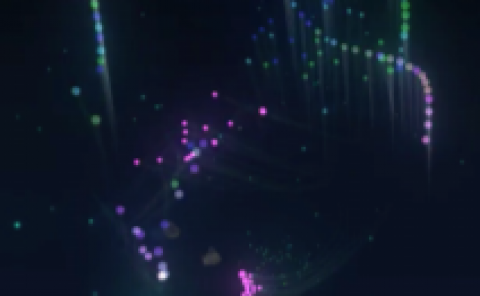Exploiting Human Color Discrimination for Memory- and Energy-Efficient Image Encoding in Virtual Reality
PubDate: Sep 2023
Teams: University of Rochester;New York University
Writers: Nisarg Ujjainkar, Ethan Shahan, Kenneth Chen, Budmonde Duinkharjav, Qi Sun, Yuhao Zhu

Abstract
Virtual Reality (VR) has the potential of becoming the next ubiquitous computing platform. Continued progress in the burgeoning field of VR depends critically on an efficient computing substrate. In particular, DRAM access energy is known to contribute to a significant portion of system energy. Today’s framebuffer compression system alleviates the DRAM traffic by using a numerically lossless compression algorithm. Being numerically lossless, however, is unnecessary to preserve perceptual quality for humans. This paper proposes a perceptually lossless, but numerically lossy, system to compress DRAM traffic. Our idea builds on top of long-established psychophysical studies that show that humans cannot discriminate colors that are close to each other. The discrimination ability becomes even weaker (i.e., more colors are perceptually indistinguishable) in our peripheral vision. Leveraging the color discrimination (in)ability, we propose an algorithm that adjusts pixel colors to minimize the bit encoding cost without introducing visible artifacts. The algorithm is coupled with lightweight architectural support that, in real-time, reduces the DRAM traffic by 66.9\% and outperforms existing framebuffer compression mechanisms by up to 20.4\%. Psychophysical studies on human participants show that our system introduce little to no perceptual fidelity degradation.


